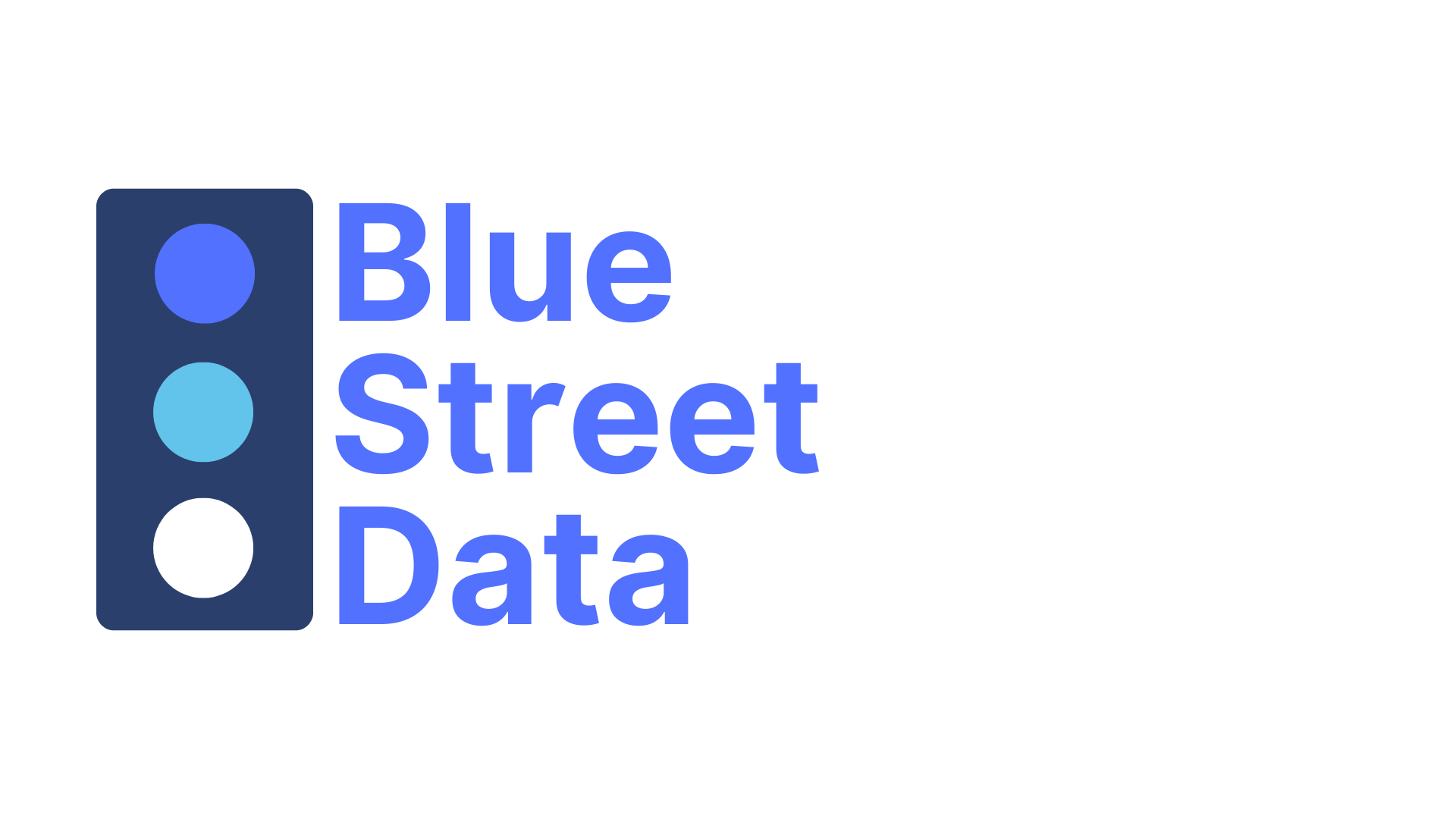Tariffs. Duties. Freight costs. Trade agreements. Fluctuating exchange rates. These hidden variables can dramatically impact your margins—yet most businesses aren’t accounting for them accurately when pricing their goods.
Using external regulatory, compliance, and logistics data allows companies to calculate the true landed cost of their products and make smarter, more profitable decisions on pricing, sourcing, and fulfillment.
Why External Data Makes Goods Valuation More Accurate
✅ Improve profitability by uncovering hidden costs
✅ Make data-backed pricing decisions that protect margins
✅ Reduce risk from global supply chain volatility
✅ Better assess supplier options and sourcing strategies
✅ Prepare for regulatory shifts with scenario forecasting
How It Works
🔹 Monte Carlo simulations model how duties, freight costs, or tax changes could affect landed cost
🔹 Optimization algorithms determine the most efficient shipping routes and trade terms
🔹 Time-series regression tracks how external drivers (e.g., exchange rates) impact cost over time
🔹 Goods valuation becomes dynamic, not static—updated as global inputs change
Real-World Impact: A Smarter Sourcing Decision Saved $800K
A global manufacturer analyzed the total landed cost (TLC) of a core product across multiple locations. When factoring in WACC, freight costs, and inventory carrying cost, Mexico beat out Thailand by over $800,000 at 5,000 units annually—due to shorter transit times and lower associated expenses. Without data-driven TLC analysis, that savings would have been missed.
📩 Want to make pricing, sourcing, and supply chain decisions with full visibility? Let’s talk about how external data can help you uncover the true cost—and value—of your products.
